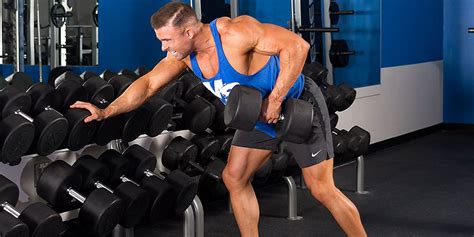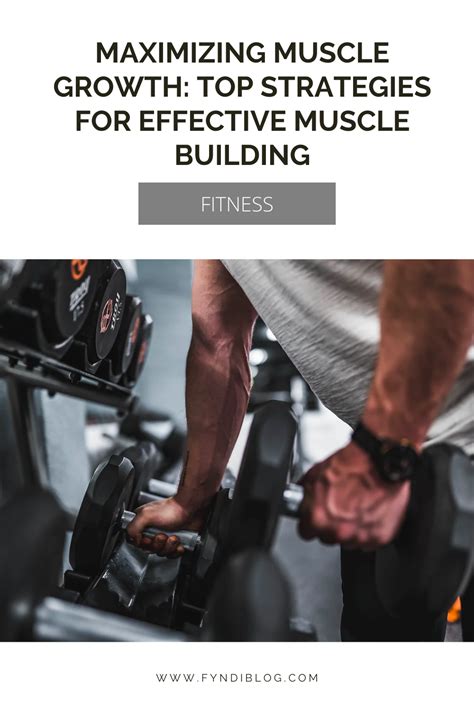What efficient training split maximizes strength and fuels peak male performance?

For men dedicated to building formidable strength and achieving their peak physical potential, the strategic design of a training split is not merely a suggestion—it’s a critical determinant of success. An efficient training split dictates how frequently you train certain muscle groups, how much volume you apply, and crucially, how well your body recovers and adapts to the demands placed upon it. The right split can accelerate progress, prevent overtraining, and ensure consistent gains, while a suboptimal approach can lead to plateaus, injury, and frustration.
Understanding the Foundation of Strength Training Splits
At the core of any effective training split are principles like progressive overload, adequate recovery, and specificity. Progressive overload—the gradual increase of stress placed upon the body—is non-negotiable for strength gains. However, equally important is allowing sufficient time for muscle repair and growth. The frequency with which you hit a muscle group, the total volume (sets and reps), and the intensity of your workouts must be balanced against your individual recovery capacity, which is influenced by factors like sleep, nutrition, and stress.
Choosing a split isn’t about finding a one-size-fits-all solution; it’s about understanding your body, your schedule, and your specific goals. Different splits offer varied advantages for muscle hypertrophy, pure strength, or a combination of both.

Popular Training Splits: Pros and Cons
Full Body Training
This split involves training all major muscle groups in each workout, typically 2-3 times per week. It allows for high frequency, which is excellent for skill acquisition (e.g., squat, bench, deadlift) and often beneficial for beginners and intermediates. Recovery between sessions for specific muscle groups is ample, as you’re not hitting the same muscles intensely every day.
Upper/Lower Split
Often structured as 4 days a week (e.g., Upper, Lower, Rest, Upper, Lower, Rest, Rest), this split divides the body into upper and lower days. It allows for higher volume per muscle group per session compared to full-body, while still providing good frequency (each group trained twice a week). It’s a popular choice for intermediates looking to increase volume and intensity.

Push, Pull, Legs (PPL) Split
This highly effective split organizes exercises based on movement patterns: Push (chest, shoulders, triceps), Pull (back, biceps), and Legs (quads, hamstrings, glutes, calves). It can be performed 3 or 6 days a week. The 6-day PPL offers high frequency (each group twice a week) and high volume without excessive overlap, making it a favorite for advanced lifters aiming for significant hypertrophy and strength gains.
Bro Split (Body Part Split)
The traditional body part split dedicates each workout to one or two muscle groups (e.g., Monday: Chest, Tuesday: Back, Wednesday: Legs, etc.). While it allows for very high volume per muscle group per session, the frequency is low (typically once a week per group). It’s often debated for its efficacy in natural lifters for strength and hypertrophy compared to higher frequency splits, but it can be effective for advanced lifters focusing on bringing up specific lagging body parts.

Tailoring Your Split for Peak Performance
To truly maximize strength and performance, consider several individual factors: your training experience, recovery capacity, available time, and specific goals. Beginners often thrive on full-body routines due to their high frequency and lower overall volume per session, allowing for rapid skill development. Intermediates and advanced lifters might benefit from Upper/Lower or PPL splits to incorporate more volume and intensity, facilitating greater muscle and strength adaptations.
Listen to your body. Signs of overtraining—persistent fatigue, poor sleep, declining performance, irritability—indicate a need to adjust your split, reduce volume, or incorporate more rest days. Periodization, which involves cycling through different phases of training intensity and volume, can also be integrated into any split to prevent plateaus and ensure continued progress.

Beyond the Gym: Fueling Performance and Recovery
An efficient training split is only one piece of the puzzle. Peak male performance is holistically built upon robust nutrition, adequate sleep, and effective stress management. Prioritize a diet rich in protein for muscle repair and growth, complex carbohydrates for energy, and healthy fats for hormonal health. Aim for 7-9 hours of quality sleep per night, as this is when the majority of muscle repair and growth hormones are released. Managing stress through mindfulness, hobbies, or active recovery can also significantly impact your body’s ability to recover and perform at its best.
Ensuring your body’s systems are optimized for recovery means your chosen training split will yield maximum dividends, allowing you to consistently push boundaries and achieve new strength milestones.

Conclusion: Finding Your Optimal Path
The quest for the most efficient training split is a journey of self-experimentation and adaptation. While splits like PPL and Upper/Lower often stand out for their balance of frequency, volume, and recovery, the ‘best’ split is ultimately the one you can adhere to consistently, that challenges you appropriately, and that allows for optimal recovery and progressive overload. Understand the principles, experiment with different structures, and always prioritize recovery and holistic health. By doing so, you’ll unlock your potential for maximal strength and sustained peak performance, transforming your body and capabilities.








